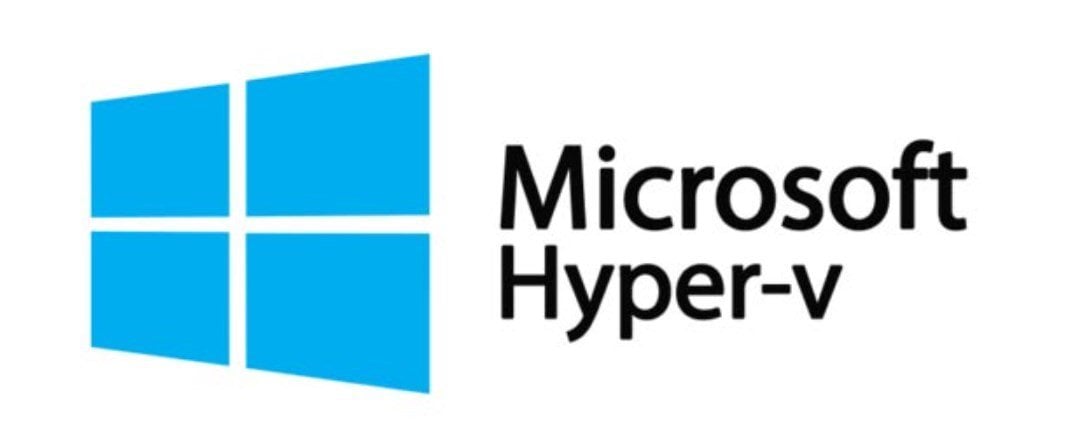Hi,
Was wondering what is the best activation method for Windows running in a FreeBSD hosted VM? I mean does windows even activate inside a VM?
Thanks
Was wondering what is the best activation method for Windows running in a FreeBSD hosted VM? I mean does windows even activate inside a VM?
Thanks
My Computer
System One
-
- OS
- Win 11 Pro











